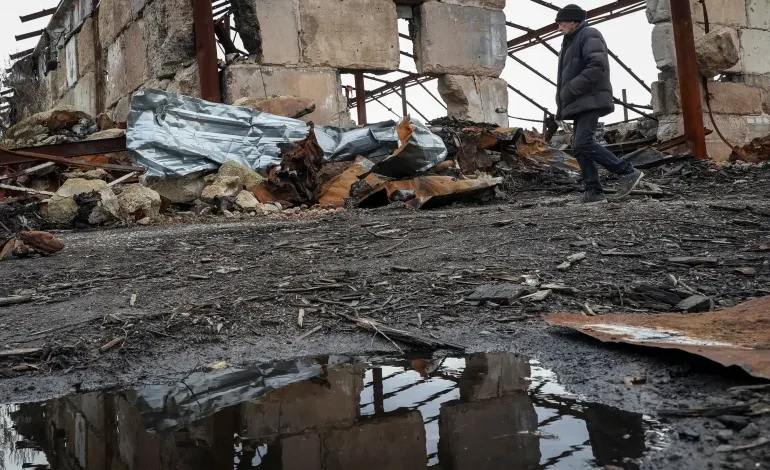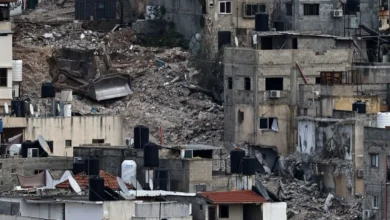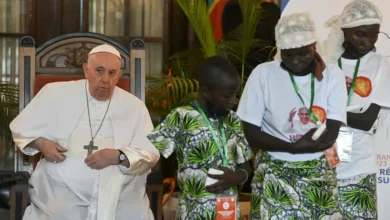Ukraine sees NATO air technology as key to a breakthrough on the ground

Russia and Ukraine traded missile strikes in the 89th week of the war, using air power to overcome the perception that their forces on the ground had reached a stalemate.
“Russia controls the skies,” Ukrainian President Volodymyr Zelenskyy said during a news conference on November 4.
Moscow had provided a reminder of that air superiority the previous night, when it launched 40 Shahed drones against Ukraine, one of the largest salvoes in recent weeks.
Ukraine said it shot down 24, but the remaining 16 struck critical infrastructure and civilian homes. Among the targets were a military facility in Ivano-Frankivsk and “infrastructure facilities” in Lviv and Odesa.
Two nights later, Russia again showed its superior firepower with a combination of 22 Shahed drones and four missiles of various types. Ukraine said it shot down 15 drones and two of the missiles, but the general staff said the remainder destroyed port infrastructure in Odesa and civil infrastructure in Kherson city.
That same night, Russia dropped 87 glide bombs into Kherson – the largest salvo of that munition so far in the war.
The worst strike came in broad daylight on November 3.
More than 20 soldiers were reported killed by a Russian Iskander missile when it hit an award ceremony for the 128th Separate Assault Mountain Transcarpathian Brigade in Zaporizhia.
“This is a tragedy that could have been avoided,” Zelenskyy said in a video address.
A Russian news outlet, Astra, said on November 1, four Ukrainian missiles hit a command post for the Dnipr group in the village of Strilkove, on the Arabat Spit off the east coast of Crimea, killing two soldiers and wounding three.
Three days later, Ukraine severely damaged a Russian corvette while it lay in a shipyard in the port of Kerch.
Later photographs showed it to be the Askold, a Karakurt-class Kalibr missile carrier. The Karakurt-class corvettes first went into construction in 2016 and are among Russia’s most modern, while the Zalyv shipyard, where the strike occurred, is one of three servicing the Black Sea Fleet.
“The Zalyv shipyard is the largest shipyard in Eastern Europe and is likely the main repair facility for the [Black Sea Fleet] in Crimea following a successful Ukraine strike on the Russian state-owned ship repair facility Sevmorzavod in Sevastopol on September 13,” said the Institute for the Study of War, a Washington-based think tank. The strike on the Askold “will likely render it inoperable for the foreseeable future”, the ISW said.










